Childproof cabinets safeguard young children from accessing hazardous items such as cleaning supplies, medicines, and sharp objects. These specially designed locks are crucial for parents and caregivers, significantly reducing the risk of accidental injuries or ingesting harmful substances. By incorporating various locking mechanisms, households can be safer and more child-friendly. Common types of childproof cabinet locks include magnetic, spring-action, sliding, and adhesive-mounted locks, each offering different levels of security and ease of use.
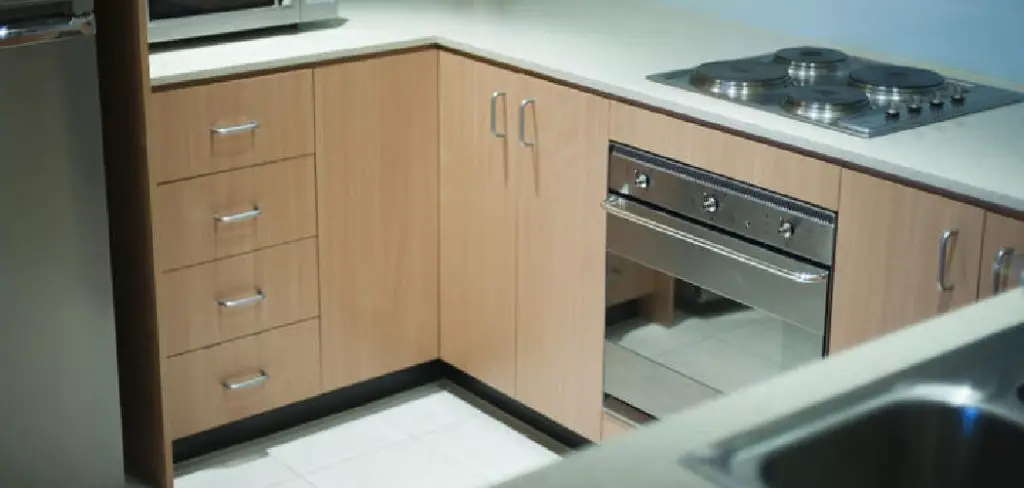
Knowing how to open childproof cabinets is essential for adults, whether for routine access or during emergencies when quick entry is necessary. Understanding these locks ensures that while children remain protected, adults can efficiently access the contents when needed. This guide will explore different methods of unlocking various types of childproof cabinet locks, providing a comprehensive understanding relevant to any household.
Understanding the Types of Childproof Locks
Magnetic Locks:
Magnetic locks are a popular choice for childproofing cabinets due to their effectiveness and ease of use. These locks typically consist of a latch installed inside the cabinet and a magnetic key that releases the latch. The magnetic key is placed against the door to open the cabinet, aligning with the lock inside, and the latch is disengaged. Magnetic locks are often used in kitchens and bathrooms, where hazardous items are commonly stored, because they provide a secure barrier while remaining out of sight, maintaining the room’s aesthetics.
Spring-Action Locks:
Spring-action locks operate with a simple yet effective mechanism. They usually consist of a catch mechanism installed inside the cabinet and a spring-loaded latch that hooks onto it. To open a cabinet with a spring-action lock, you press down or squeeze the latch to release the catch. These locks are typically installed in low cabinets and drawers, making them an ideal choice for preventing small children from accessing potentially dangerous content. The ease of installation and affordability make spring-action locks a common option for many households.
Sliding Locks:
Sliding locks are straightforward in design and function by using a sliding piece to lock cabinet handles together. These locks are particularly common in cabinets with handles or knobs close together. To unlock, one simply slides the locking mechanism to open the cabinets. They are typically used on double-door cabinets and are popular due to their simplicity and versatility. However, they might require a bit more manual dexterity to operate, especially for people unfamiliar with the device.
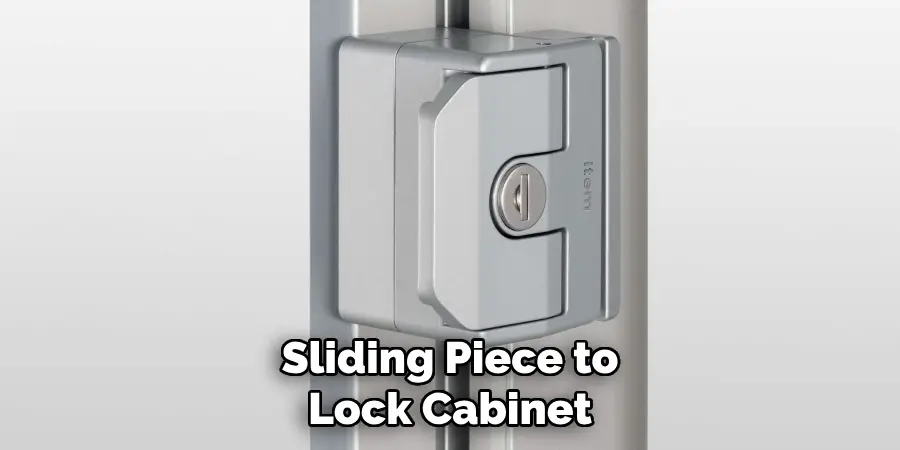
Adhesive-Mounted Locks:
Adhesive-mounted locks rely on strong adhesive pads to attach to the cabinet surface. These locks are easy to install without the need for drilling or special tools, making them a convenient option. Once installed, a latch mechanism keeps the cabinet doors secure until pressed. Adhesive-mounted locks are suitable for a variety of surfaces and are often used in rental homes where permanent modifications are not permitted. Their ease of removal is also a plus, although the adhesive does need to be strong enough to prevent tampering by children.
Comparison of the Difficulty Level and Methods to Unlock Each Type:
Magnetic locks are generally the simplest to operate as long as the magnetic key is available. Spring-action locks are easy for adults to open but still pose a significant challenge for children. Sliding locks may require a bit more dexterity to unlock, especially if they are tightly secured. Adhesive-mounted locks depend on the strength of the adhesive and can be moderately difficult to remove without proper tools. Each type provides a different level of difficulty in terms of unlocking, balancing security for children and accessibility for adults.
Tools You Might Need
When it comes to opening childproof cabinets, having the right tools can make the process more efficient and straightforward. Here are some helpful tools you might need:
- Magnetic Key: Essential for unlocking magnetic locks.
- Screwdriver or Knife: Useful for disengaging spring-action locks and for prying off adhesive-mounted locks if necessary.
- Patience and Dexterity: Important qualities for maneuvering sliding locks.
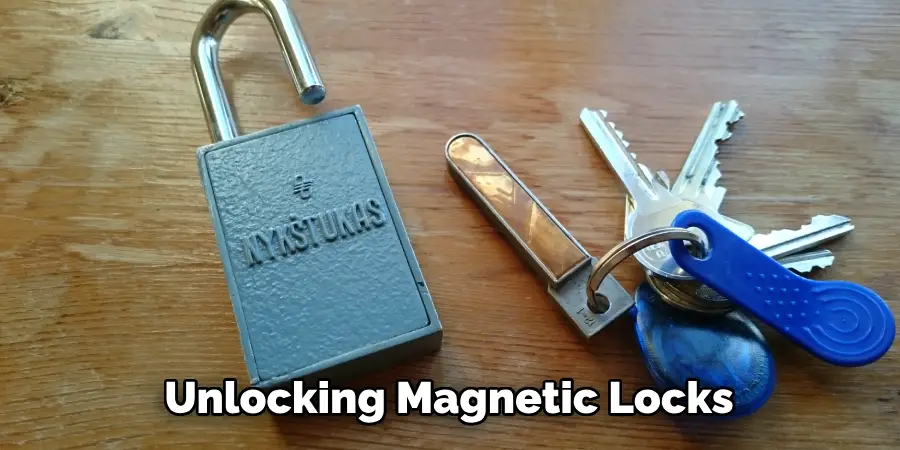
Being prepared with these tools and skills ensures that you can quickly and safely access your cabinets while maintaining the security designed to protect young children.
How to Open Childproof Cabinets: Opening the Magnetic Locks
Locating the Magnetic Key:
The first step to opening a magnetic childproof lock is to locate the magnetic key. This key is often included when the lock is purchased and should be stored in a safe yet easily accessible location known to all household adults. If the original key is lost, replacement keys can usually be purchased from the lock’s manufacturer or a home improvement store.
Using the Magnetic Key:
- Identify the Lock Location: Before using the key, identify the approximate location of the lock inside the cabinet door.
- Align the Key: Hold the magnetic key against the cabinet door, aligning it with the position of the internal latch.
- Engage the Key: Move the key slowly across the door until you feel the magnet engage with the lock.
- Open the Door: Once the magnet has engaged, the lock’s latch should release, allowing you to open the cabinet door smoothly.
- Repeat as Needed: If you have multiple locks installed, repeat the process for each one.
Troubleshooting:
- Lost Magnetic Key: In case the magnetic key is lost, use a strong magnet (such as those often found in hardware stores) as a temporary solution. It’s advisable to acquire a replacement key as soon as possible.
- Unresponsive Lock: If the lock isn’t responding, ensure the key or magnet is correctly aligned. Also, check for obstructions inside the cabinet that prevent the latch from disengaging.
- Inspect the Lock and Key: Make sure there is no damage or wear on the lock or the key, which affects its functionality. If necessary, contact the manufacturer for support or replacement parts.
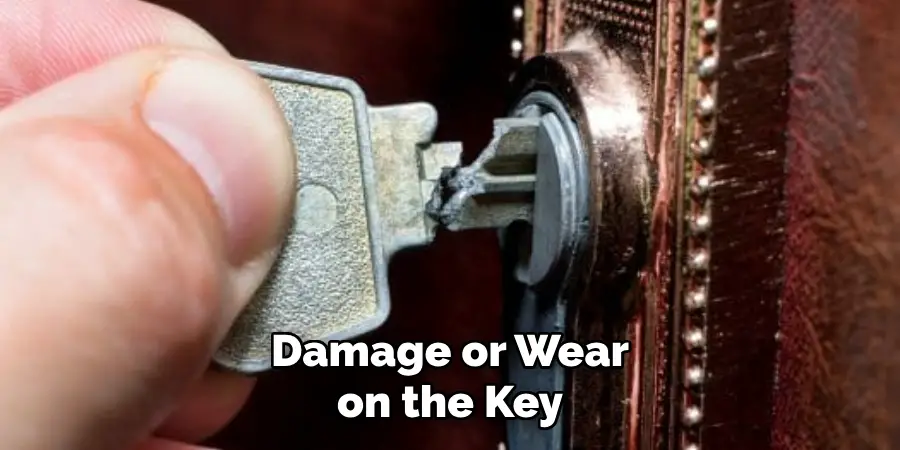
By following these steps, opening magnetic childproof locks can be done efficiently, ensuring the cabinets remain safe yet accessible.
How to Open Childproof Cabinets: Opening Spring-Action Childproof Locks
Locating the Spring Mechanism:
To begin, identify where the spring-action lock is placed on the cabinet door. These locks are usually installed on the upper inner corner of the cabinet door or drawer. Look inside the cabinet for a mounted catch mechanism and a small, spring-loaded latch. The exact location can vary, so take a moment to inspect the cabinet’s interior edges.
Pressing the Latch:
Once located, the next step involves pressing the latch to release the lock. Most spring-action locks require pressing down or squeezing the latch mechanism while pulling the door or drawer open. Place your thumb or finger on the spring latch and apply consistent pressure. This action should disengage the catch, allowing you to open the cabinet smoothly. If the latch is stiff, ensure your fingers are correctly positioned, then apply a bit more pressure until the lock releases.
Using Alternative Methods:
If pressing the latch manually proves difficult, alternative methods can be employed. One effective way is to use a flathead screwdriver or knife. Carefully insert the flathead screwdriver or knife blade between the latch and catch mechanism. Gently twist or push the tool to mimic the pressing action of your thumb or fingers. This should release the spring-loaded latch. Always exercise caution when using tools to avoid damaging the lock or cabinet and ensure you do not injure yourself in the process.
By following these steps, opening spring-action childproof locks become more accessible, maintaining the convenience and security of your household cabinets.
Opening Sliding Childproof Locks
Understanding the Lock’s Mechanism:
Sliding childproof locks are composed of two main parts: a stationary piece attached to one part of the cabinet and a sliding piece that moves to lock or unlock the cabinet. These locks are designed to prevent small children from accessing cabinet contents by requiring a coordinated sliding motion that young children typically cannot perform.
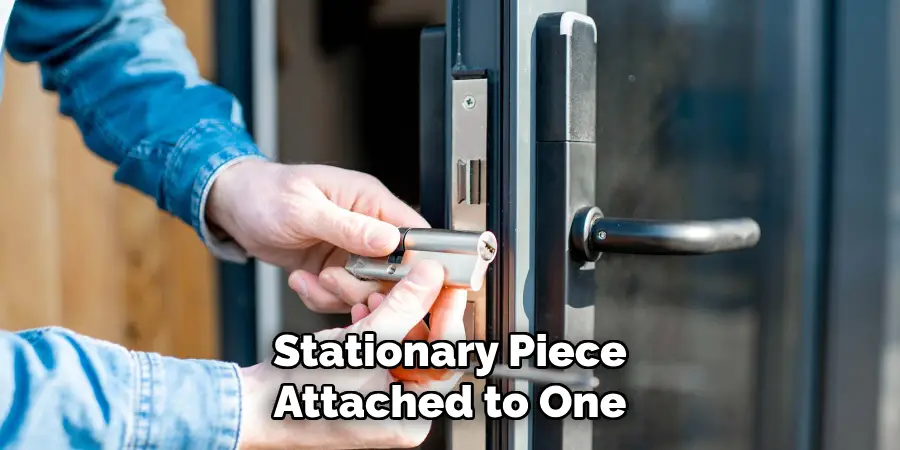
Sliding the Lock Open:
- Locate the Lock: Identify where the sliding lock is installed on your cabinet. This is usually along the handles or adjacent doors.
- Position Your Fingers: Place your fingers on the sliding piece of the lock, ensuring a firm grip.
- Slide the Lock: While holding the stationary part in place with one hand, use your other hand to slide the moveable piece in the direction indicated (usually towards the open edge of the cabinet door).
- Disengage and Open: Once the sliding piece reaches the end of its track, the lock will disengage, allowing you to open the cabinet door smoothly.
Tips for Stubborn Locks:
- Apply Extra Force: If the lock is particularly stubborn, apply extra force while sliding. Ensure your grip is firm to avoid slipping.
- Use a Lubricant: Occasionally, the sliding mechanism may become sticky or difficult to move. Applying a small amount of household lubricant can ease the sliding motion.
- Leverage with Tools: For extremely stubborn locks, use a flathead screwdriver or butter knife. Carefully insert the tool between the sliding and stationary pieces and gently push it to assist the sliding motion. Ensure minimal force is applied to avoid damaging the lock or cabinet.
Using these techniques will help you open sliding childproof locks effectively, ensuring both security and accessibility for your household cabinets.
Removing Adhesive-Mounted Locks
Locating the Adhesive Pads:
Begin by identifying where the adhesive pads are attached to the cabinet. These are typically located at the corners or edges of the cabinet doors or drawers. Inspect the areas where the lock makes contact with the cabinet surface. Pay close attention to the sections that feel slightly raised or where you can see the edges of the adhesive pads peeking out.
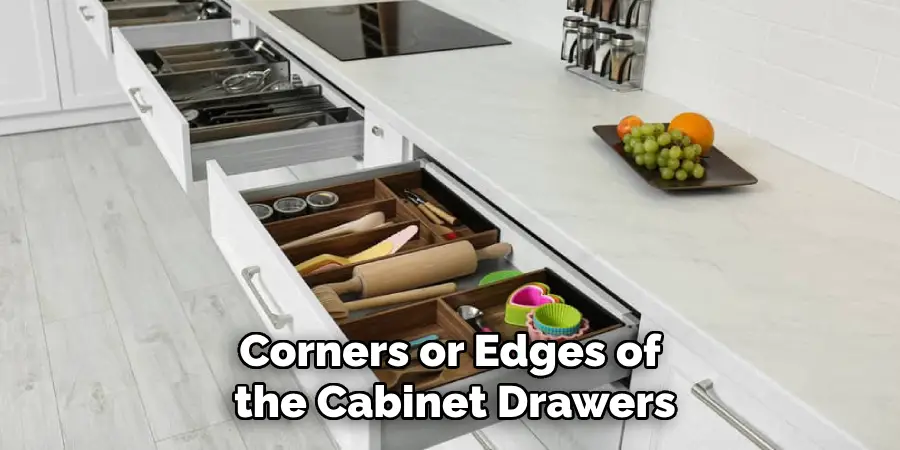
Applying Pressure:
- Select the Spot: Once you’ve located the adhesive pads, choose a spot on the lock to start applying pressure.
- Press with Care: Use your fingers to press firmly against the adhesive pad on one side of the lock. The goal is to weaken the adhesive bond without damaging the cabinet surface.
- Work Gradually: Apply consistent pressure while gently wiggling the lock. This gradual movement helps break the bond between the adhesive and the cabinet.
Using a Tool:
- Choose your Tool: Grab a flathead screwdriver or a butter knife if manual pressure isn’t enough.
- Insert Carefully: Insert the tool between the adhesive pad and the cabinet surface. Be cautious to avoid scratching the surface.
- Pry Gently: Using controlled, gentle motions, pry the adhesive pad away from the cabinet. Work in small sections, gradually lifting the lock off without causing any damage.
Cleaning Adhesive Residue:
- Initial Wipe: Begin by wiping the area with a damp cloth to remove any loose residue.
- Apply a Solvent: Use a mild adhesive remover or a mixture of equal parts vinegar and water. Apply the solution to a cloth and rub it over the adhesive residue.
- Scrape Gently: For stubborn residue, use a plastic scraper or your fingernail to gently scrape it off. Avoid using metal tools that could scratch the cabinet.
- Final Clean: Wipe the surface again with a clean, damp cloth to remove any remaining solvent and let it dry.
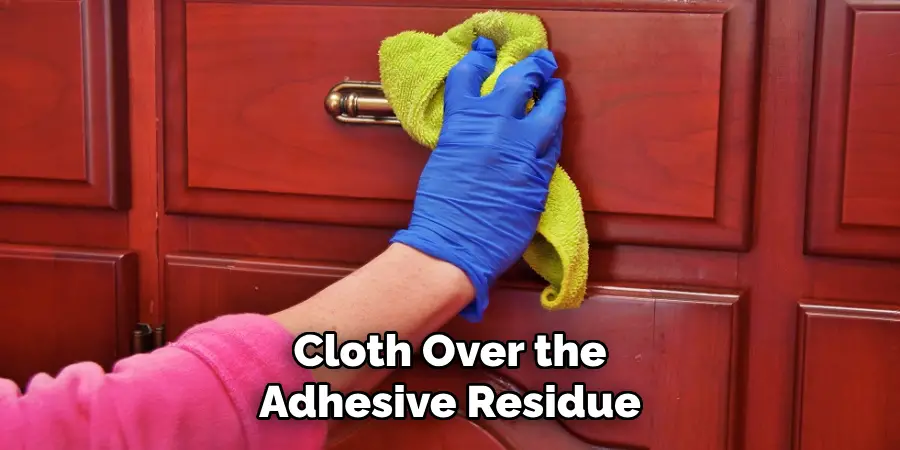
By carefully following these steps, you can effectively remove adhesive-mounted locks and restore your cabinets to their original condition.
Conclusion
Understanding how to open childproof cabinets is essential for every caregiver and parent. By mastering the various methods for opening different types of locks — magnetic locks that require a key or magnet, spring-action locks needing coordinated pressure, sliding locks demanding a specific sliding motion, and adhesive-mounted locks that require gentle prying — you can ensure that the cabinets are accessible when necessary. The importance of childproof locks cannot be overstated; they play a critical role in preventing young children from accessing potentially dangerous items. It’s equally important to make it a habit to properly re-secure these devices after opening them to maintain a safe environment.
Practicing and familiarizing yourself with these mechanisms will make future access more efficient and less frustrating. Balancing ease of access for adults with safety for children is of utmost importance, and investing time in learning these skills is invaluable for a secure home. By diligently childproofing, you safeguard both accessibility and the well-being of the young ones in your household.
